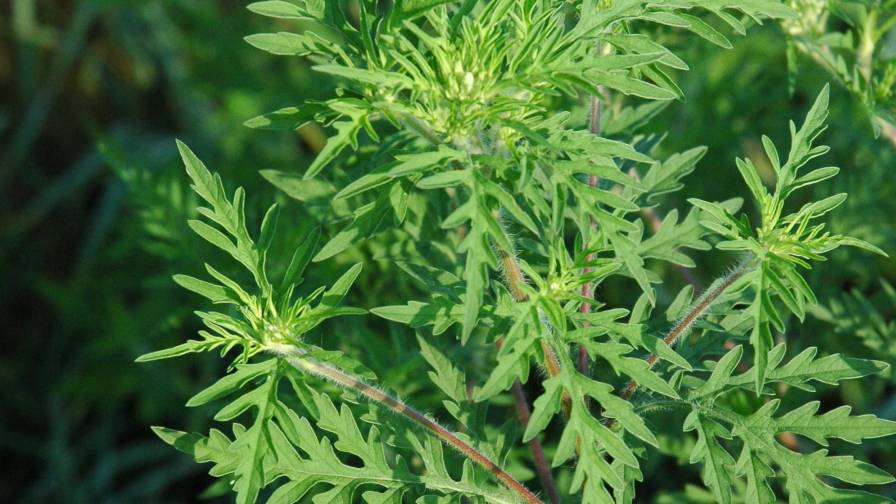The Fertilizer Sales Rollercoaster: How Will Ag Retailers Manage the Ups and Downs in 2021?
If market analysts were to look at a growth graph for the fertilizer sales category during the past few years, the pattern would resemble that of a rollercoaster — up one year, down the next. And if this pattern were to continue, 2021 will be an “up” year for the market.
Of course, this “if” depends on myriad factors. And many of these are very, very unpredictable as the year starts off.
But before we look forward, let’s review how the fertilizer category has progressed the past few years. Going into 2019, the outlook for crop nutrients seemed dim. The ongoing trade dispute with China was depressing commodity prices and global demand for U.S. crops. However, when the numbers were tabulated at the end of the year, things turned out quite well for fertilizer. In fact, according to statistics compiled from the 2019 CropLife 100 survey, the nation’s top ag retailers saw their fertilizer revenue during the year to improve 13%, increasing from $12.2 billion in 2018 to $13.8 billion. This boost helped increase the fertilizer category market share of all crop inputs/services among ag retailers to 43% — the first gain the category had recorded in the past half-dozen years. In all likelihood, this set the stage for a strong performance in 2020.
Except that didn’t happen. According to the 2020 CropLife 100 survey, the nation’s top ag retailers saw their fertilizer revenues decline 6.6% to $12.8 billion. Consequently, this dropped the fertilizer category’s overall market share of CropLife 100 sales back to 40% — the same percentage it was in 2018.
As for why this happened, one answer could lay in a note of caution Phil Altstaetter, head of Crop Nutrients at Sunrise Cooperative, Fremont, OH, mentioned during CropLife® magazine’s fall 2020 fertilizer report: Continued low commodity prices. “I think the initial response, or gut feeling from folks, is with the local cash price of corn trading below $3 at harvest, it cannot be considered good news for fertility applications,” Altstaetter said.
The Road Ahead
Luckily, there seems to be some positive news on the horizon for the fertilizer category going into the 2021 growing season. For one thing, commodity prices — which had been trading under historic norms for many years now — have started to rebound somewhat.
“Most ag commodity prices have started rallies recently, which is helping phosphorous demand,” observed Andy Jung, Vice President Market and Strategic Analysis, The Mosaic Co., speaking at the T3 Virtual Fertilizer Conference in November 2020. “And this demand has been immune to the impacts of COVID-19.”
As for why this is important for macronutrients such as nitrogen, phosphorous, and potassium ties back to what percentage fertilizer costs represent for the average grower. In fact, according to data from AgResource Co., crop nutrient expenses are equivalent to 32% of all crop inputs/services costs for growers to produce their corn crop each year — the highest percentage compared with other expenses such as crop protection products (11%), fuel (10%), and seed (29%).
The other bit of good news for crop nutrients usage in 2021 comes from the expected crop mix. According to government estimates, U.S. growers will plant approximately 240 million acres during the upcoming growing season — the highest total since 2014. Furthermore, corn — which tends to be the most fertilizer intensive crop among the four major varieties (with soybeans, wheat, and cotton being the other three) — is projected to account for 91 million of these acres when all is said and done.
An Ethanol Drag?
However, there is one possible negative factor working against the fertilizer category’s rebound in 2021 — ethanol demand. According to most market watchers, ethanol production during 2020 took a serious hit due in part to COVID-19 lockdowns and companies having their employees work from their homes, depressing overall demand for fuel. As Samuel Taylor, Analyst for Farm Inputs at Rabobank said in a recent online report: “Irrespective of the shape of U.S./global economic recovery, the shock to oil prices and the biofuels industry is likely to linger.” Since approximately 36% of the U.S. corn crop is used in ethanol production, this could hurt crop nutrient demand toward the latter part of 2021, he added.
Still, the overall outlook for the fertilizer category in 2021 remains bright. “We see agriculture fundamentals being quite strong this year,” said Hasan Tarique, Senior Consultant — Fertilizers for Argus Media at a recent online event. “And this should increase fertilizer application.”






